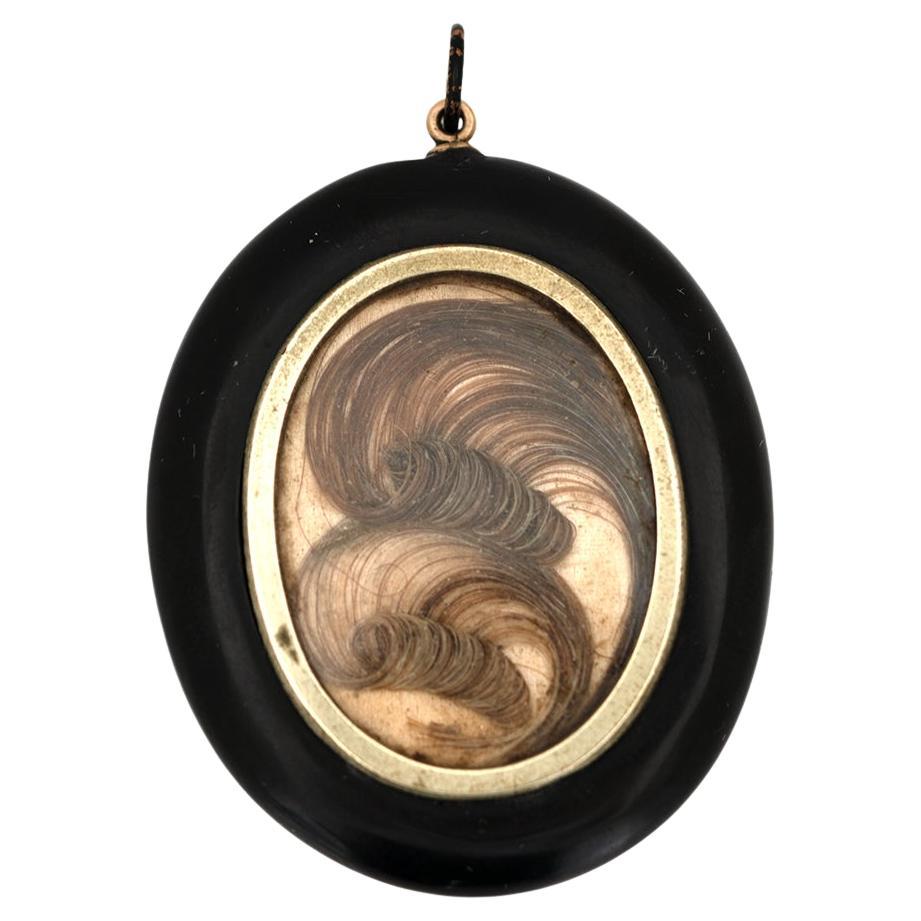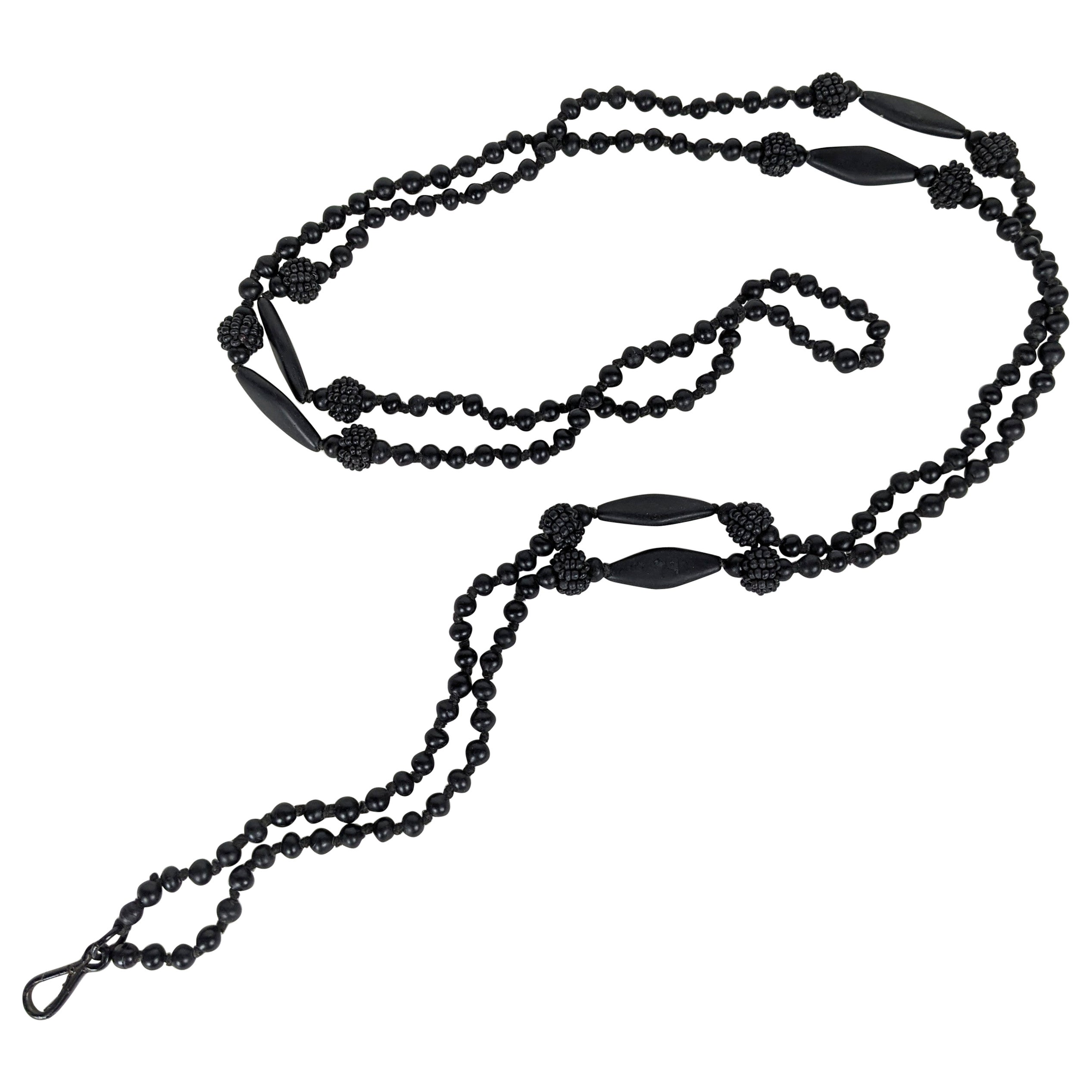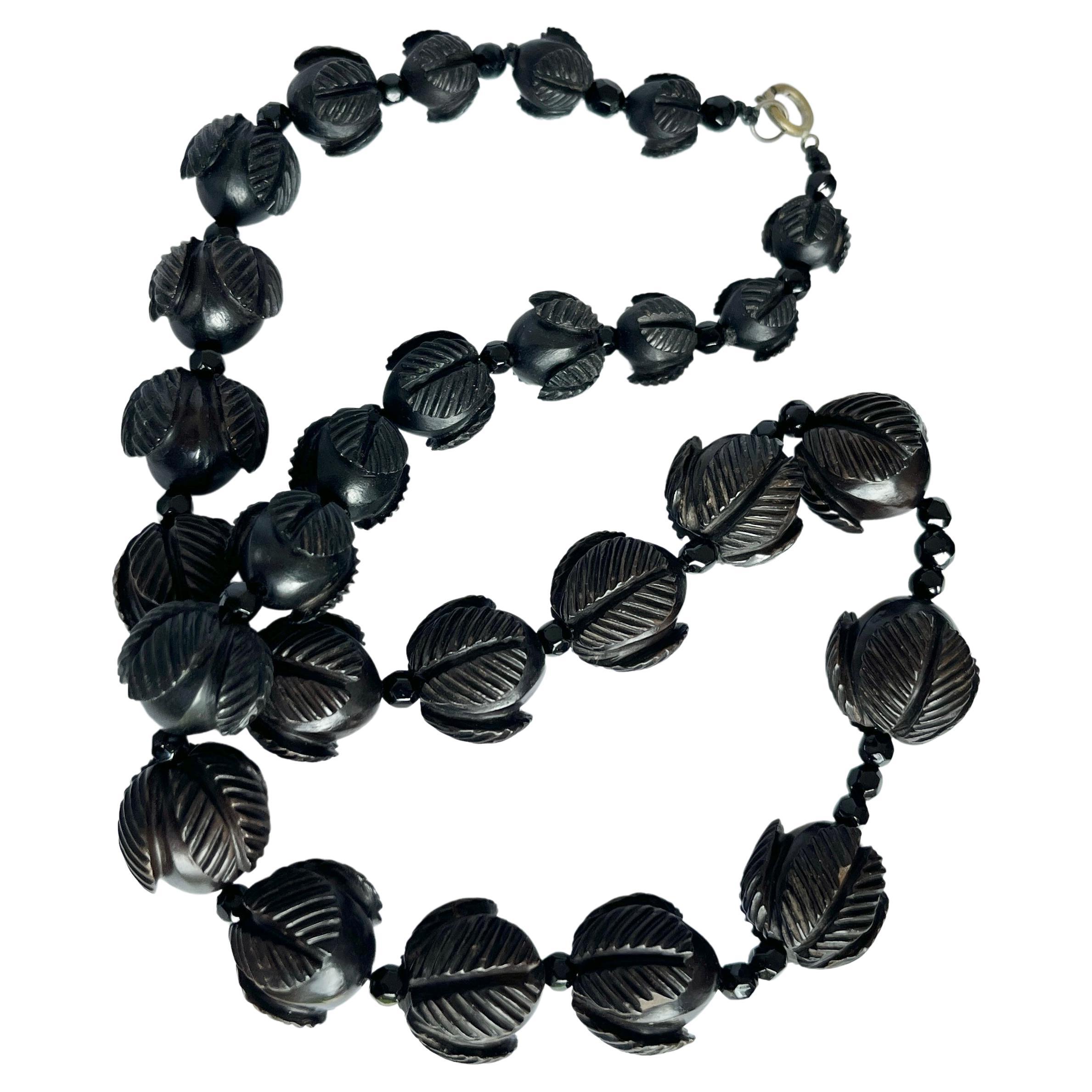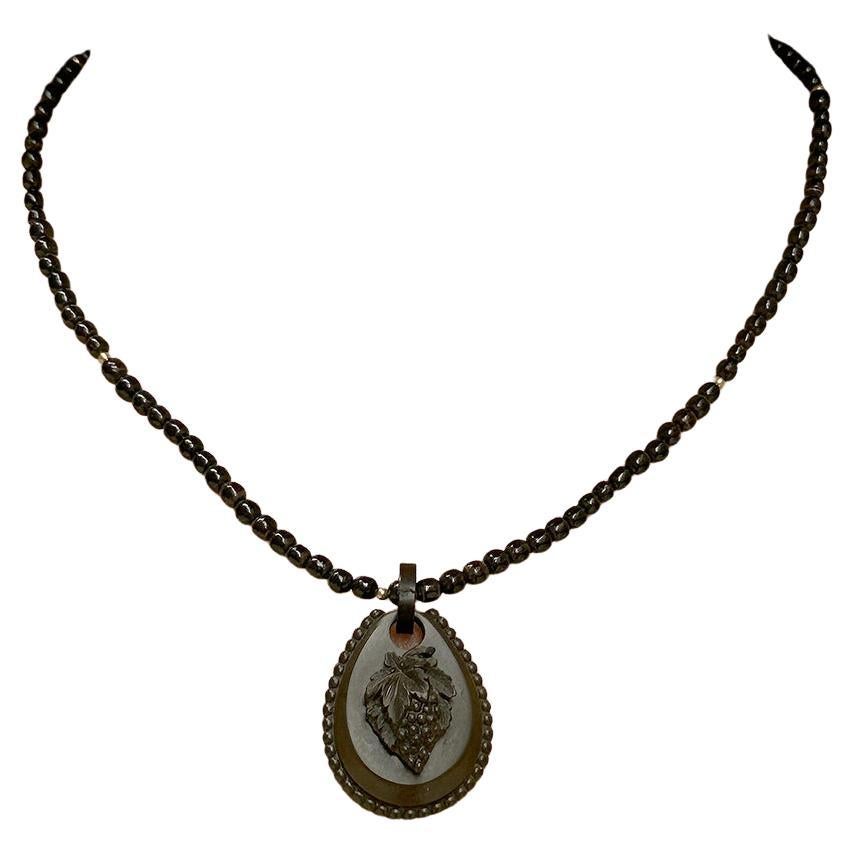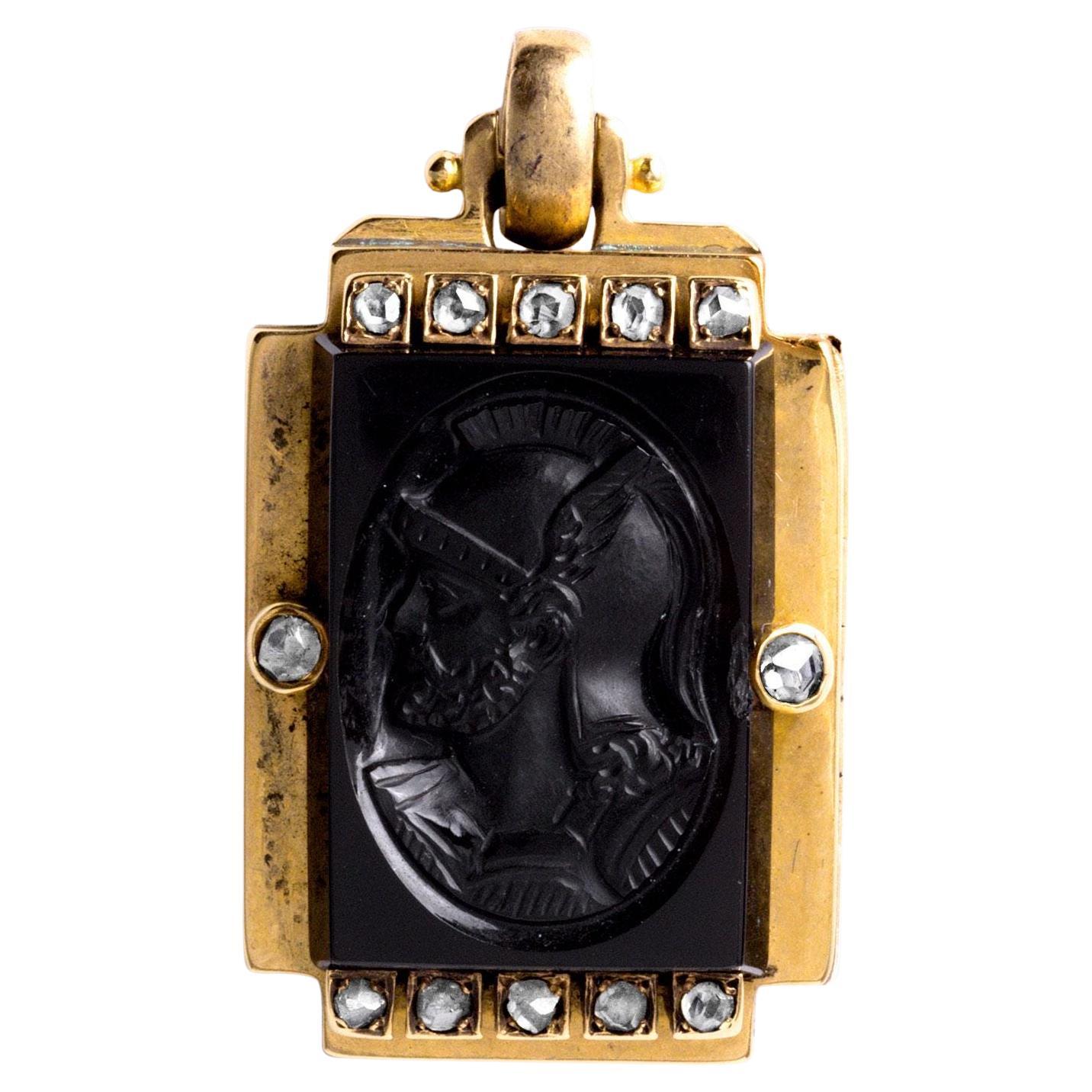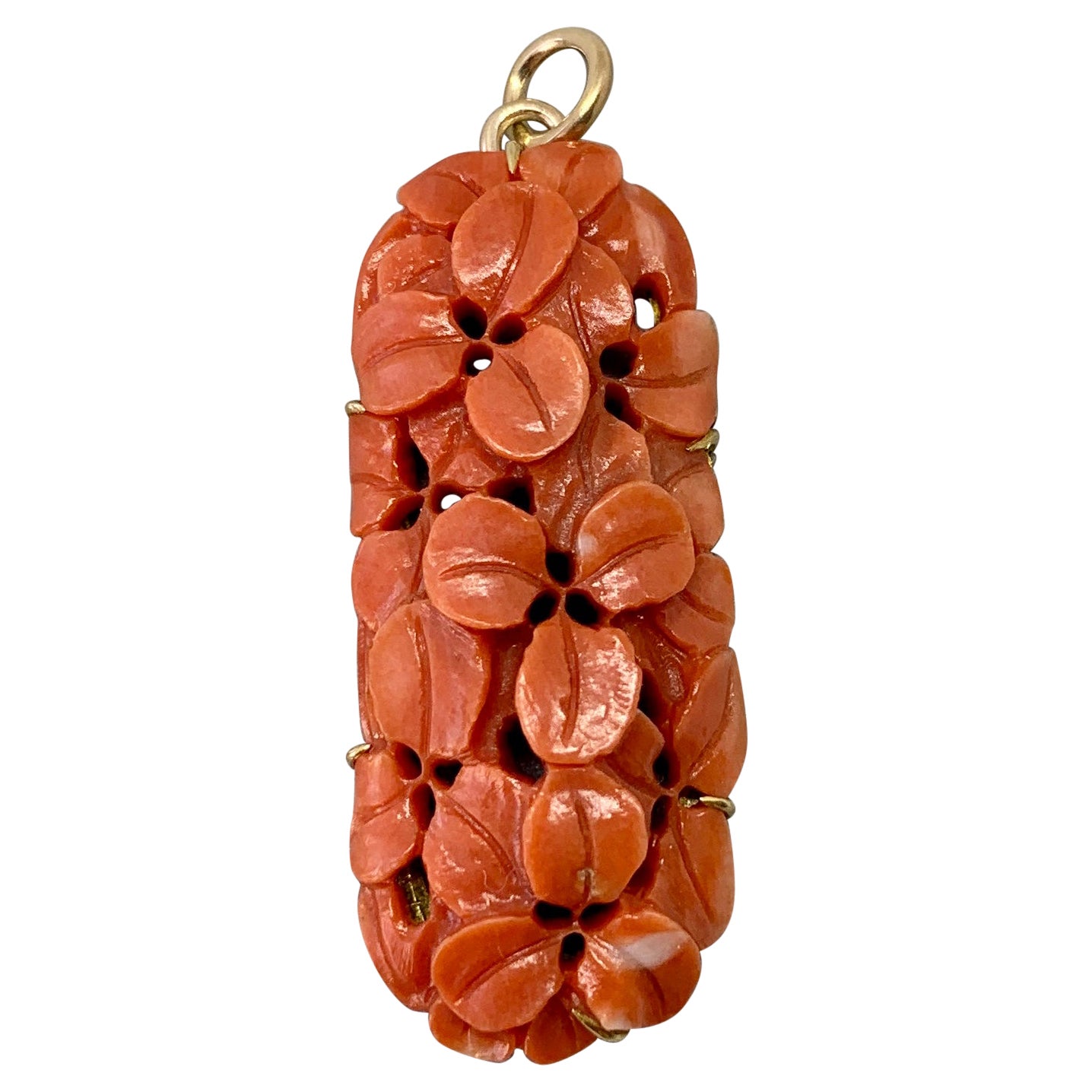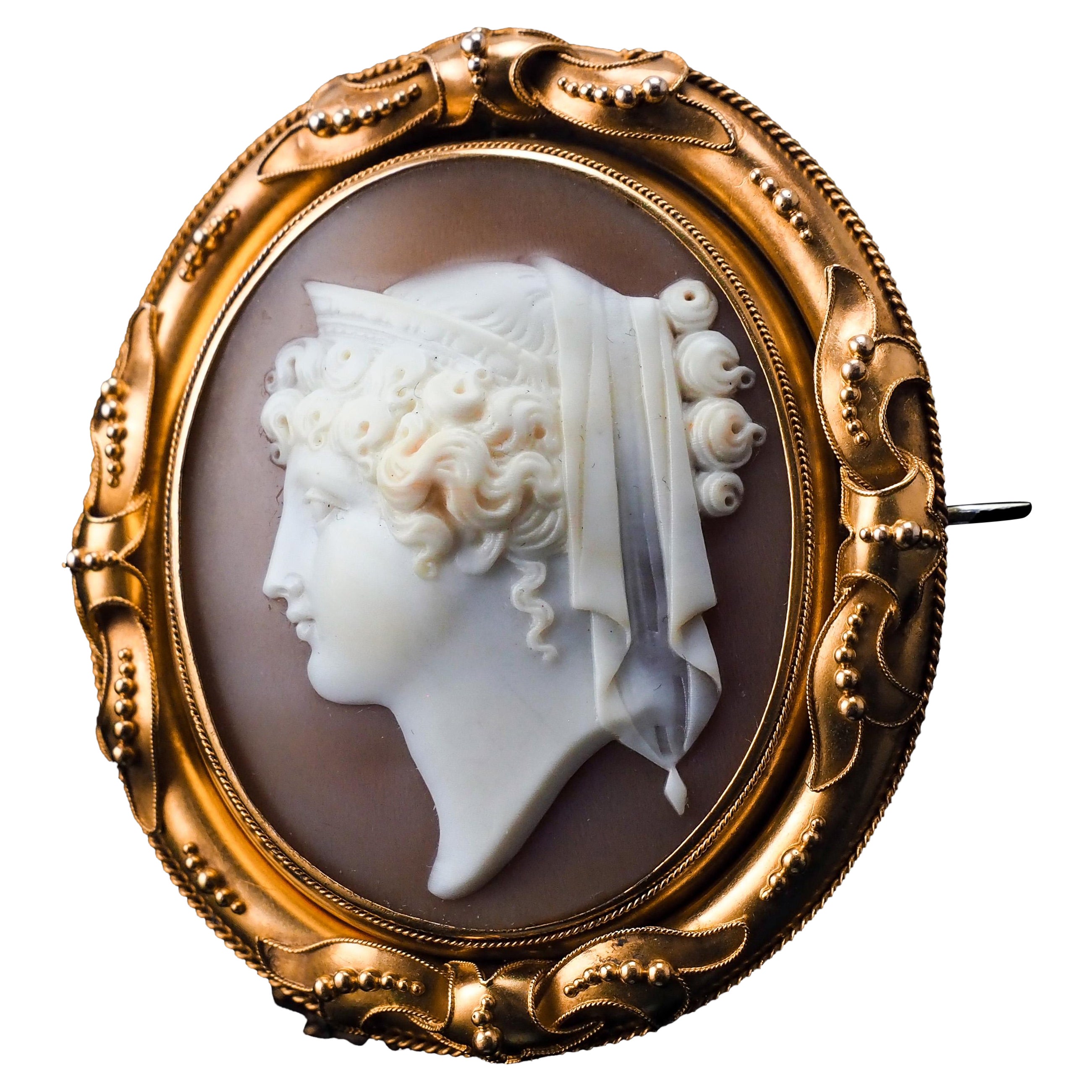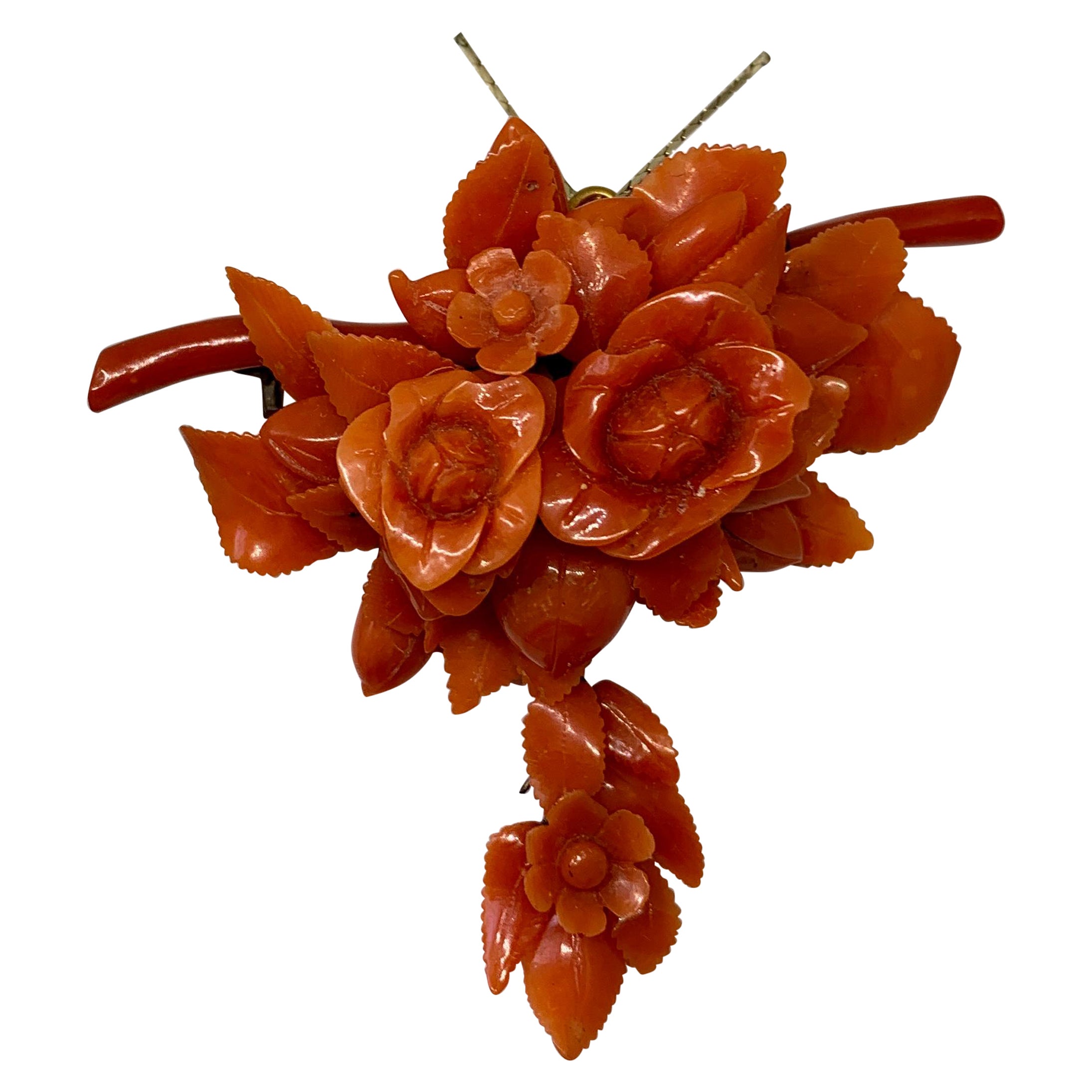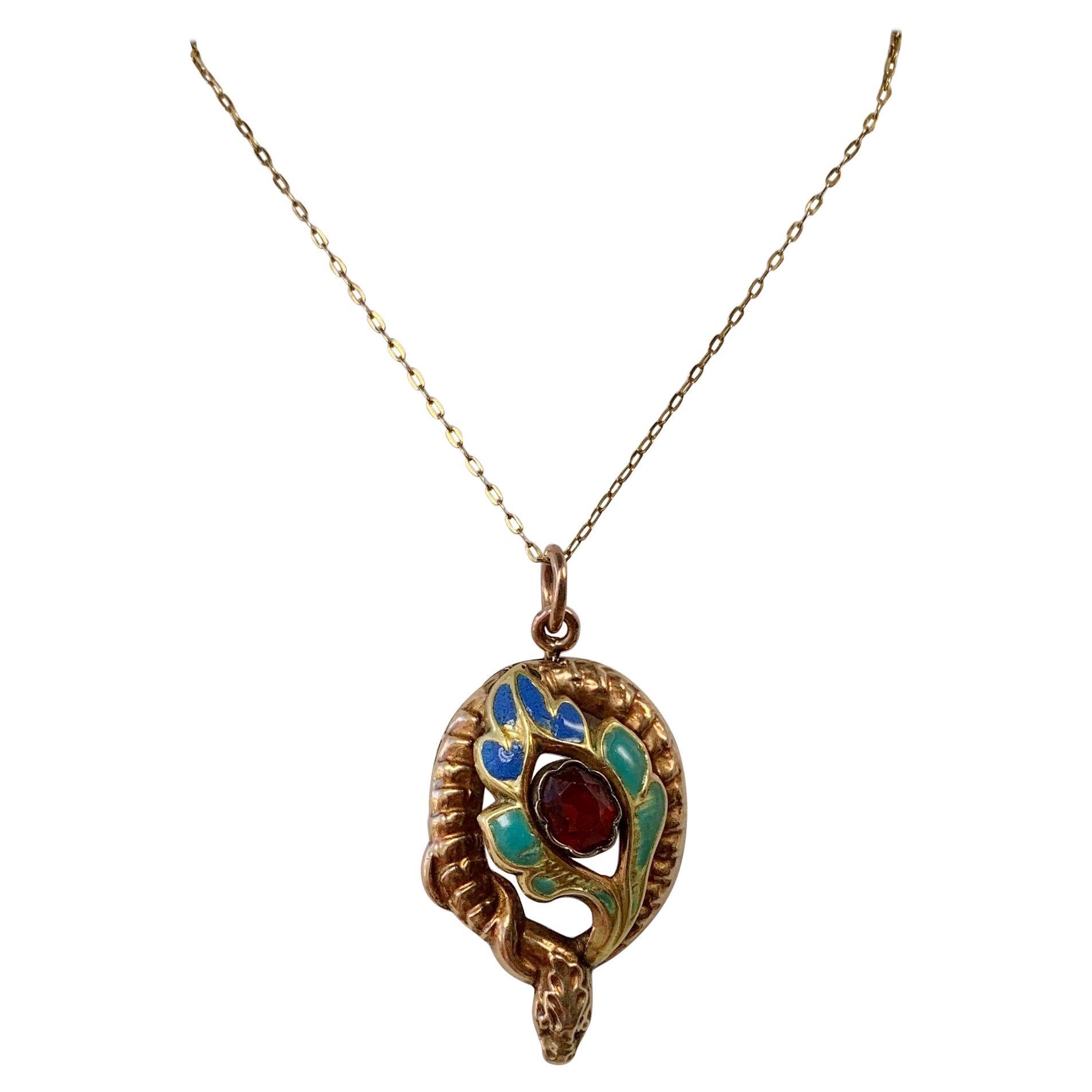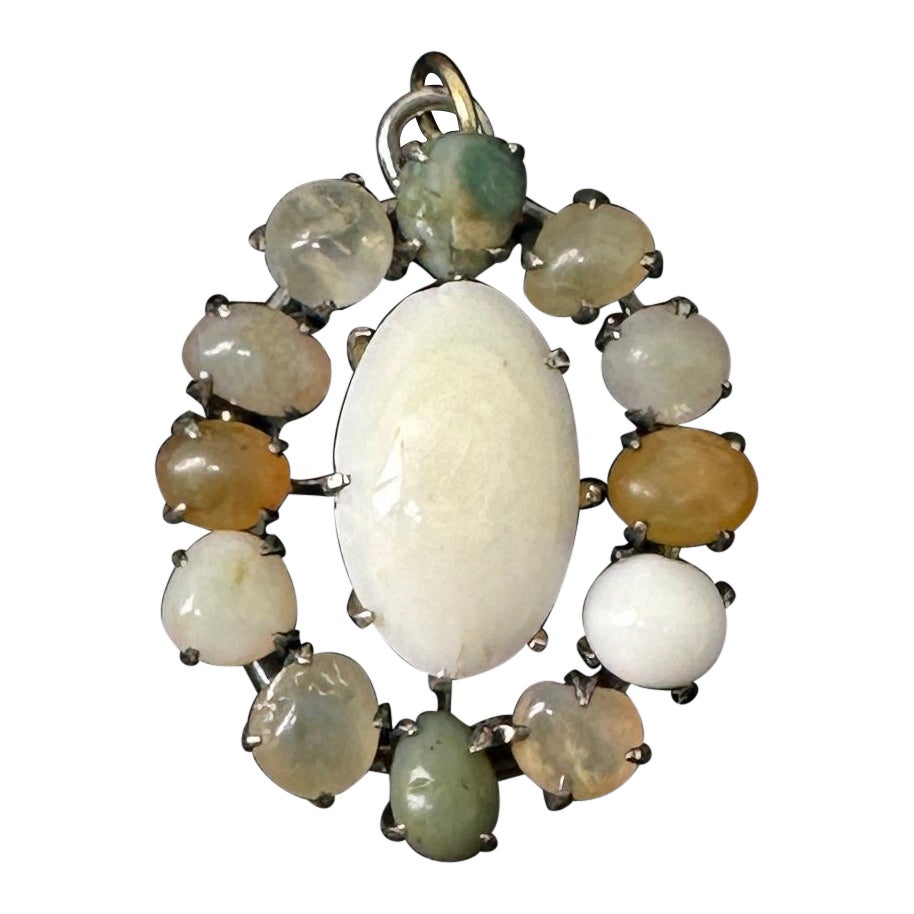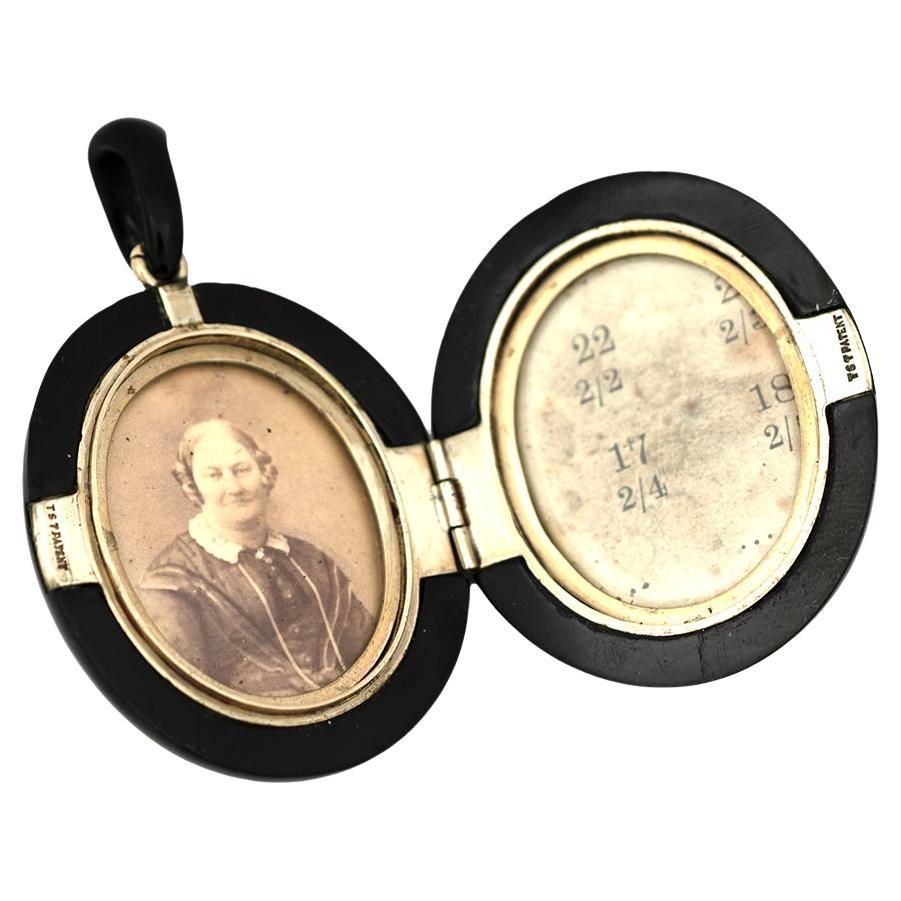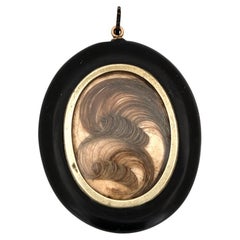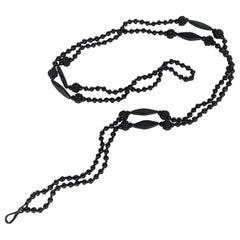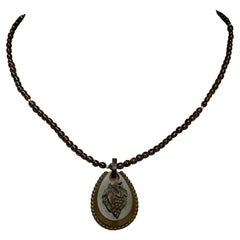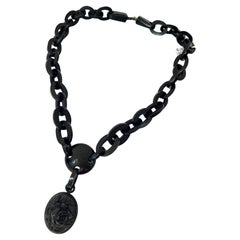
Rare Victorian Whitby Jet Necklace C1860s with Jet Links Rose Carved Pendant
View Similar Items
Video Loading
1 of 14
Rare Victorian Whitby Jet Necklace C1860s with Jet Links Rose Carved Pendant
$1,600List Price
About the Item
- Dimensions:Length: 19.69 in (500 mm)
- Style:
- Place of Origin:
- Period:
- Date of Manufacture:C1860
- Condition:Repaired: There is one link that has been repaired and is shown in the pictures. There is no damage to the rest of the piece. It is in very good antique condition with no chips which is amazing considering its age. Wear consistent with age and use.
- Seller Location:Mona Vale, AU
- Reference Number:1stDibs: LU3609224105252
Authenticity Guarantee
In the unlikely event there’s an issue with an item’s authenticity, contact us within 1 year for a full refund. DetailsMoney-Back Guarantee
If your item is not as described, is damaged in transit, or does not arrive, contact us within 7 days for a full refund. Details24-Hour Cancellation
You have a 24-hour grace period in which to reconsider your purchase, with no questions asked.Vetted Professional Sellers
Our world-class sellers must adhere to strict standards for service and quality, maintaining the integrity of our listings.Price-Match Guarantee
If you find that a seller listed the same item for a lower price elsewhere, we’ll match it.Trusted Global Delivery
Our best-in-class carrier network provides specialized shipping options worldwide, including custom delivery.You May Also Like
Antique 1860s Victorian Jet Mourning Hairwork Pendant Necklace
Located in London, GB
This deeply evocative Victorian mourning pendant is crafted from carved Whitby Jet, renowned for its lightness and mirror-like polish. The oval form is smooth and domed, highly refle...
Category
Antique Mid-19th Century English Victorian Pendant Necklaces
Victorian Whitby Jet Lorgnette Necklace
Located in New York, NY
Victorian matt black Whitby Jet lorgnette bead necklace. Composed of small round hand knotted beads, six large elongated kite shape beads flanked by...
Category
Antique 1890s English Victorian Beaded Necklaces
Materials
Enamel, Steel
Victorian Large Whitby Jet Graduated Necklace
Located in Chipping Campden, GB
This stunning chunky necklace is held together by large bolt clasp. The beads graduate in size, starting large at the centre and the smallest on the outer edges.
Length: 58.5cm
La...
Category
Antique 1880s British Victorian Beaded Necklaces
RARE VICTORIAN VULCANITE GRAPE CHOKER NECKLACE ca. 1860
Located in New York, NY
This piece is so special and so rare: it dates to the Victorian era, more specifically the 1860s, and was likely made in Britain. It is crafted from vulcanite and features a teardrop shape with a high relief bunch of grapes in intricate detail, surrounded by a border of carved beads, strung on a fine black ribbon, to be worn as choker. (I love it strung on the Victorian Jet Choker pictured, which is also available in my shop.) The vulcanite has this truly stunning, relatively matte finish, with a rich warm glow— it's just so unique and unlike any other material. What is vulcanite? It is made by combining the sap of the Euphorbia or Ficus trees from Malaysia, with sulphur. It was originally invented in 1843 by Thomas Hancock. His timing just happened to be spot-on: black had long been considered essential to mourning jewelry and mourning dress, but thanks to Queen Victoria's extended 40 years of grieving (for her husband, Prince Albert), from about 1860-1890, black was considered a highly fashionable color, and began to be worn outside mourning dress. During this period, vulcanite became a very fashionable material for jewelry, and it loaned objects that gothic, romantic, dramatic black cast that Victorians just loved. Victorian mourning jewelry is rife with grape motifs; for one, grapes were a symbols of Christ (as wine is the blood of Christ). On Victorian grave markers, a cluster of grapes typically means that the deceased was of mature years. Victorians are well known for using flowers and botanicals as a means of communication. Wild grapes, according to The Language of Flowers published in 1913, are symbols of Charity, a favorite Victorian theme. NOTE: The Victorian Hair Mourning...
Category
Antique 1860s Victorian Pendant Necklaces
Victorian 18K Rose Gold Jet Cameo Locket Pendant Rose Cut Diamonds
Located in Los Angeles, CA
This striking Victorian-era locket pendant, circa 1885, showcases a masterfully hand-carved jet hardstone cameo of a helmeted soldier, elegantly bezel-set in rich 18K rose gold. The ...
Category
Antique 1890s Victorian Pendant Necklaces
Materials
Diamond, 18k Gold, Rose Gold
14K Gold Carved Jade Pendant Necklace with Enamel Links and Jade Beads
Located in Great Neck Plaza, NY
An elegant and culturally rich necklace crafted in 14 karat yellow gold, featuring a detailed hand-carved green jade pendant suspended from a finely constructed chain of alternating ...
Category
Vintage 1970s Pendant Necklaces
Materials
14k Gold, Yellow Gold, Enamel
Recently Viewed
View AllMore Ways To Browse
Antique Jet Jewelry
Victorian Jet
Whitby Jet
Whitby Jet Antique
Antique Whitby Jet Jewellery
Victorian Jet Necklace
Rare Love Jewellery
Whitby Jet Necklace
Gold Leaf Design Necklace
Gold Letter G
Gold Nugget And Diamond Necklace
Gold Shamrock
Greek Goddess Jewelry
Gubelin Gold Necklace
Heart Padlock Necklace
Holbeinesque Jewellery
Hummingbird Pendant
Intaglio Fob
